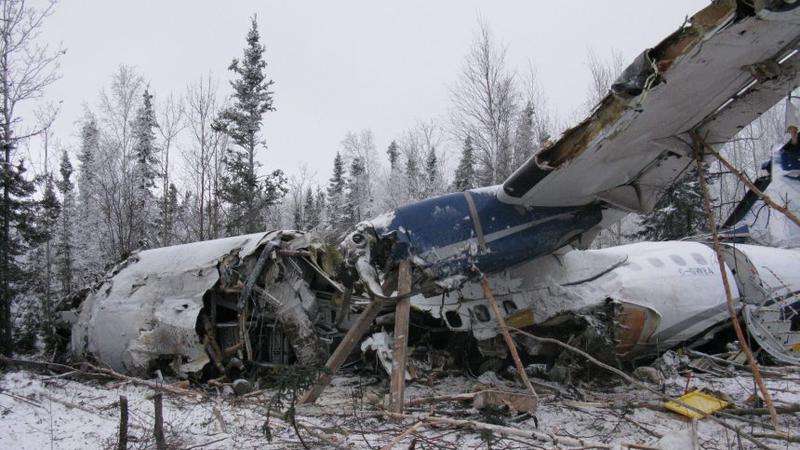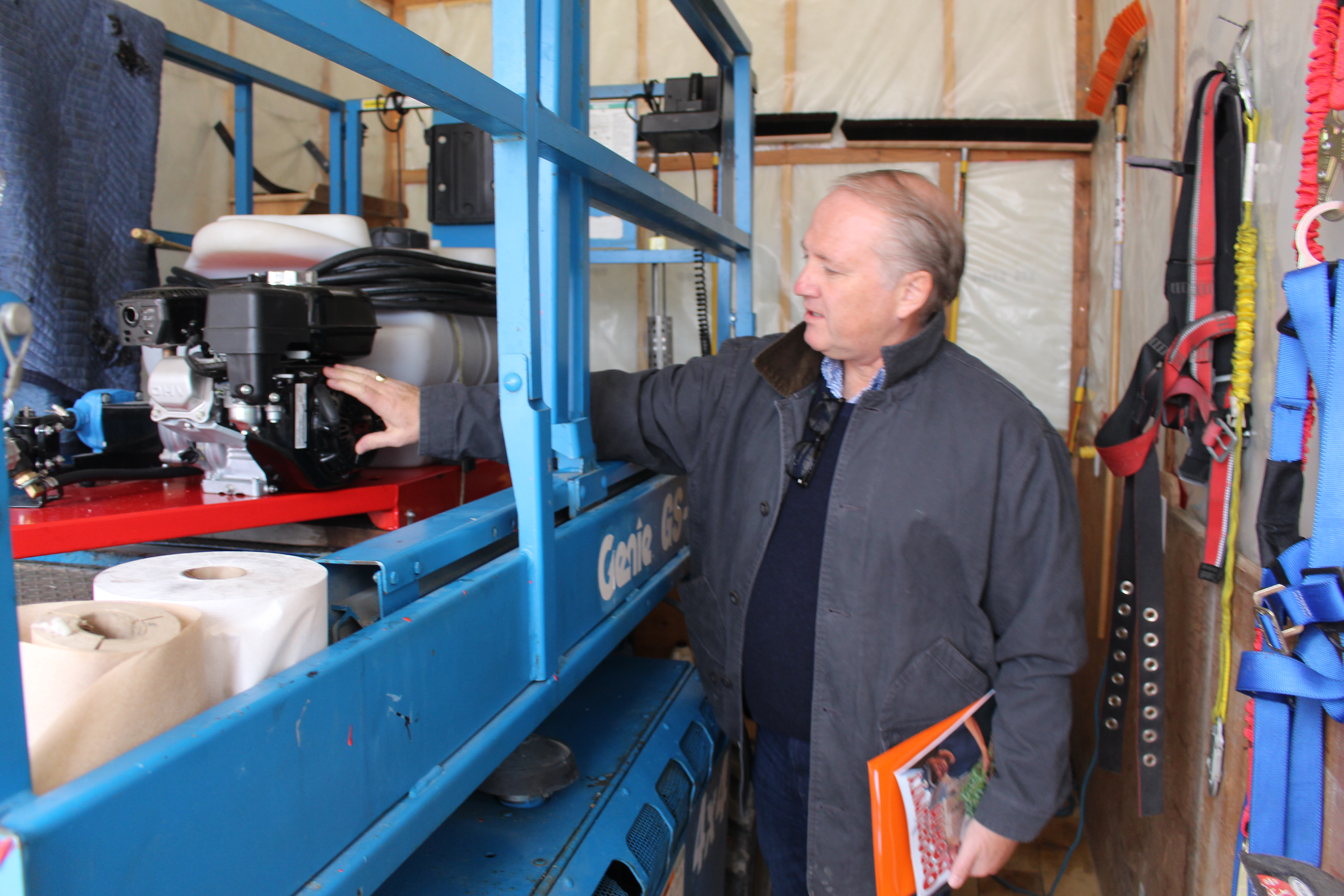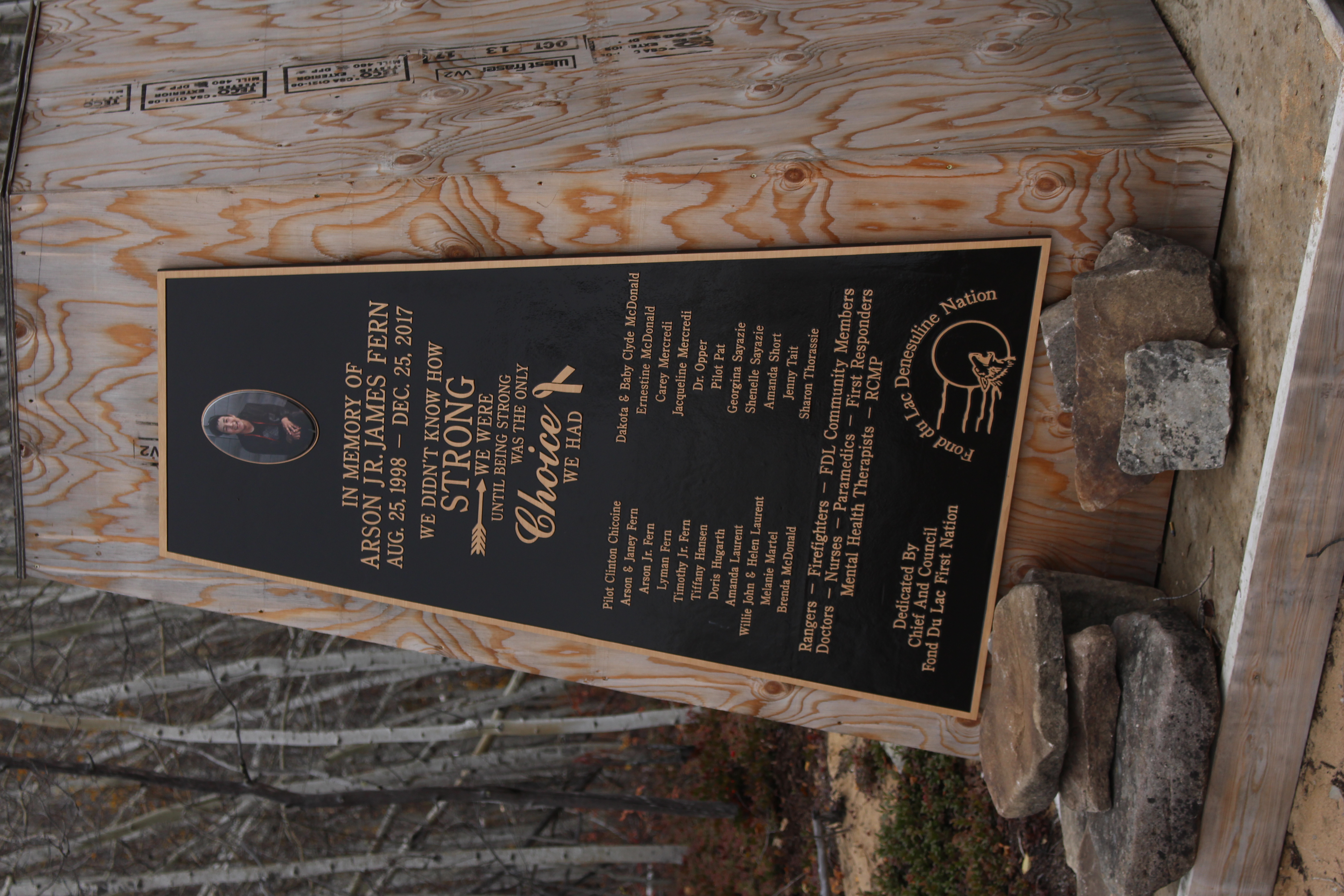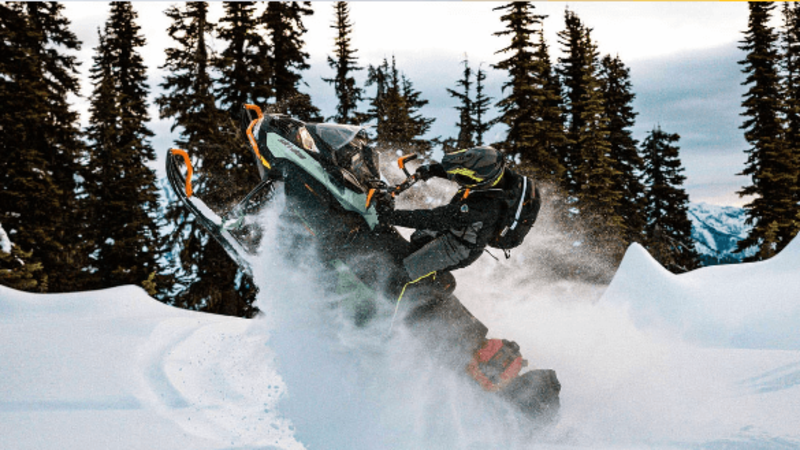
TSB investigation finds Fond du Lac plane crash caused by ice accumulation
Nearly four years after a fatal plane crash near Fond du Lac, the Transportation Safety Board of Canada (TSB) released its final report into the incident.
The report released Thursday determined that the lack of adequate de-icing equipment and the practice of taking off without de-icing led to the fatal December 2017 incident involving a West Wind Aviation ATR-42 aircraft on the territory of the Fond Du Lac Denesųłiné First Nation.
Fond du Lac was thrown into the national spotlight after a passenger flight departing to Stony Rapids on Dec. 13, 2017 crashed shortly after takeoff. All 25 passengers and crew initially survived the incident, but one passenger later died of his injuries on Dec. 25, 2017.
“I want to begin by accepting responsibility for the issues that led to this crash,” Rise Air CEO Derek Nice told reporters during a media conference Thursday. “We are sorry for the harm caused to the passengers and crew on that flight, their relatives, loved ones, and their communities and we are determined that something like this can never happen again.”





